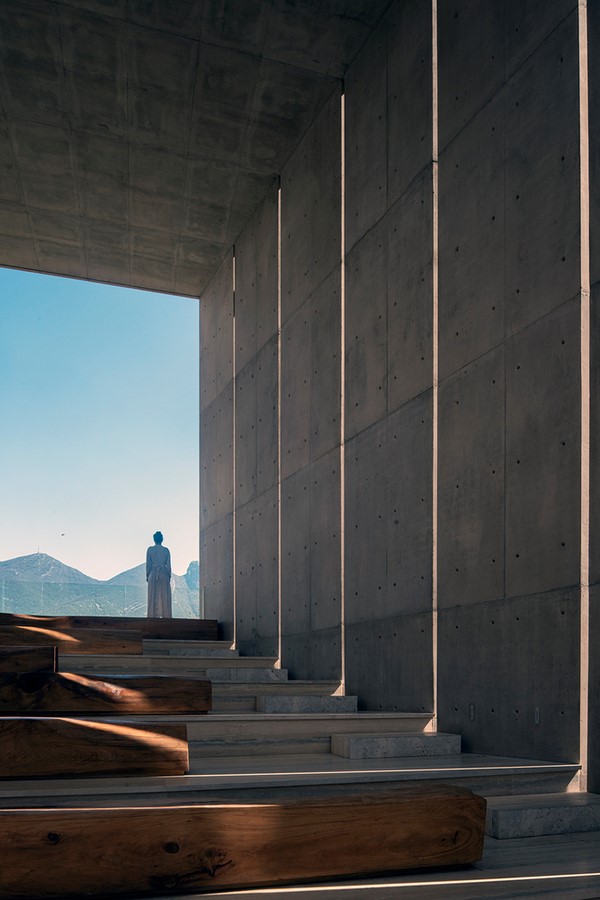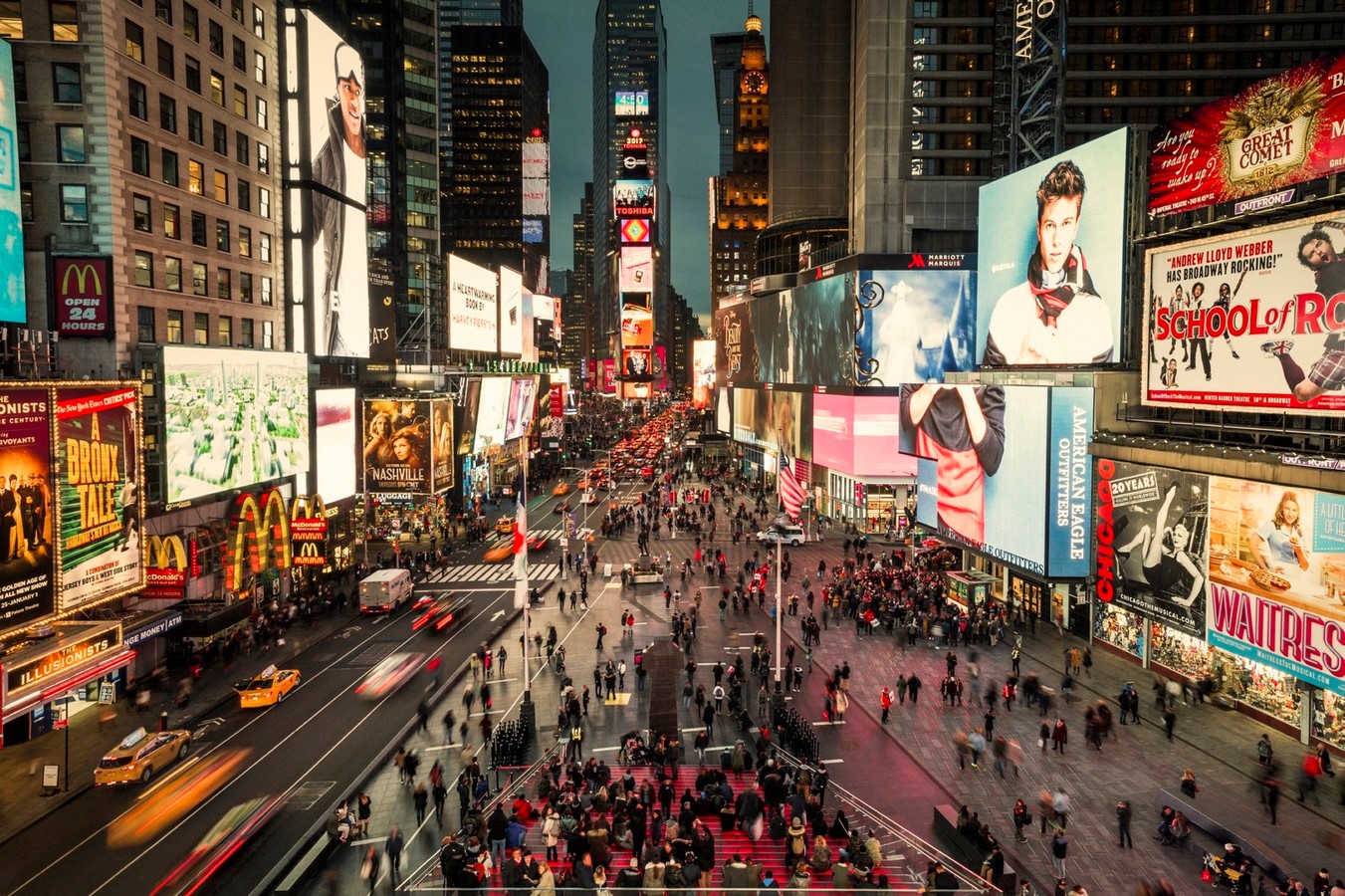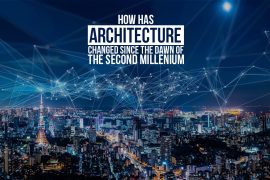Architecture is an integral aspect of human existence, impacting the daily lives of humans in countless ways. However, despite its pervasive influence, it often goes unnoticed and underappreciated. As a student of architecture, one learns to appreciate the transformative power of this field. It is not simply a matter of constructing buildings but rather a holistic approach to design that considers the needs and experiences of individuals and communities. Architects are supposed to recognise architecture’s social, cultural, and environmental impact and the responsibility of shaping our built environments. With this realisation comes a renewed commitment to creating spaces that are not only aesthetically pleasing but also serve the greater good of society and the planet.

Most human beings are mostly apathetic towards the magnificence of human creations that surround them. It is common knowledge that most people are under the impression that the most impressive works of architecture are the towering glass skyscrapers, which are often deemed the ultimate representation of beauty and aesthetics. However, most students’ perspective undergoes a drastic transformation in architecture school. The curriculum compels one to delve deeper into the underlying principles of building design and construction, forcing them to view structures and spaces with greater scrutiny. As a result, you can no longer simply glance at a building or space without contemplating its history, purpose, and construction. The academic journey in architecture compels students to develop a profound appreciation for the complexities and impact of architectural design on human lives on a macro and micro scale.

As one immerse themselves further into the study of spatial design, they find themselves increasingly captivated by the intricacies and nuances of the field. The planning process, how spaces can affect our phenomenological experiences, the selection of materials, the ability to engage our five senses, the impact on the surrounding communities, the historical context, and the environmental consequences of design choices are all factors that are intriguing and are crucial aspects of architecture.

Case Study: Times Square – An Architectural and Urban Design Perspective
Introduction: Times Square is an iconic destination in New York City, known for its bright lights, billboards, and bustling crowds. As one of the world’s busiest commercial and cultural centres, Times Square has undergone significant architectural and urban design changes over the years. This case study aims to analyse Times Square’s key architectural and urban design aspects and how they have contributed to the area’s transformation into a global landmark.

Context: Times Square, formally known as Longacre Square, is located at the intersection of Broadway and Seventh Avenue, from West 42nd Street to West 47th Street in Midtown Manhattan. Historically, it was a neighbourhood for theatres, with the first Broadway theatre opening in 1750. The area continued to grow in popularity as the entertainment hub of New York City in the early 20th century. However, by the 1970s, Times Square had become a run-down and crime-ridden district, causing businesses and tourists to avoid the area.

Design Strategy: In the late 20th century, New York launched an urban regeneration initiative to revitalise Times Square. The project involved significantly redesigning the area’s architecture and urban design. The project’s primary goals were to create a pedestrian-friendly environment, attract tourists and businesses, and enhance the district’s cultural and commercial significance.


One of the key strategies was the pedestrianisation of Times Square. The city closed off a section of Broadway to vehicular traffic, creating a pedestrian plaza with seating areas and other amenities. This design allowed for increased foot traffic and provided a space for visitors to relax and enjoy the atmosphere. Additionally, the redesign of Times Square incorporated new public spaces, including Duffy Square, a pedestrian area at the intersection of Broadway and Seventh Avenue. These public spaces helped create a more welcoming and accessible environment for locals and tourists.
The architectural redesign of Times Square also focused on revitalising historic buildings. The restoration and renovation of landmark theatres, such as the Lyric Theatre and the Palace Theatre, helped preserve the district’s cultural significance. Additionally, incorporating innovative architectural elements, such as LED billboards, gave the area a modern and dynamic edge. The use of bright colours and large-scale signage also contributed to the area’s visual appeal.
Impact: The redesign of Times Square has significantly impacted the area’s economic, cultural, and social landscape. Creating a pedestrian-friendly environment has led to increased foot traffic and revenue for local businesses. The revitalisation of historic theatres has helped preserve the area’s cultural significance and attract tourists. Additionally, the redesign has helped reduce crime rates and improve safety, making the area more welcoming for residents and visitors.
Conclusion: Times Square’s transformation from a run-down and dangerous district to a bustling commercial and cultural centre is a testament to the power of architecture and urban design. The area’s redesign incorporated innovative elements while preserving its historical and cultural significance. As a result, Times Square has become a global landmark and a testament to the importance of thoughtful and intentional design in shaping our cities.
References:
https://issuu.com/alenjosephjames/docs/time_square_new_york_-_urban_design_study
https://www.timessquarenyc.org/history-of-times-square#:~:text=Originally%20known%20as%20Long%20Acre,space%20surrounded%20by%20drab%20apartments.
https://digitaljournalist.org/issue0402/at_intro.html
https://archive.org/details/newyorkcityguide00federich/page/n3/mode/2up
https://www.nytimes.com/interactive/2015/10/16/nyregion/100-years-of-cleaning-up-times-square.html


















